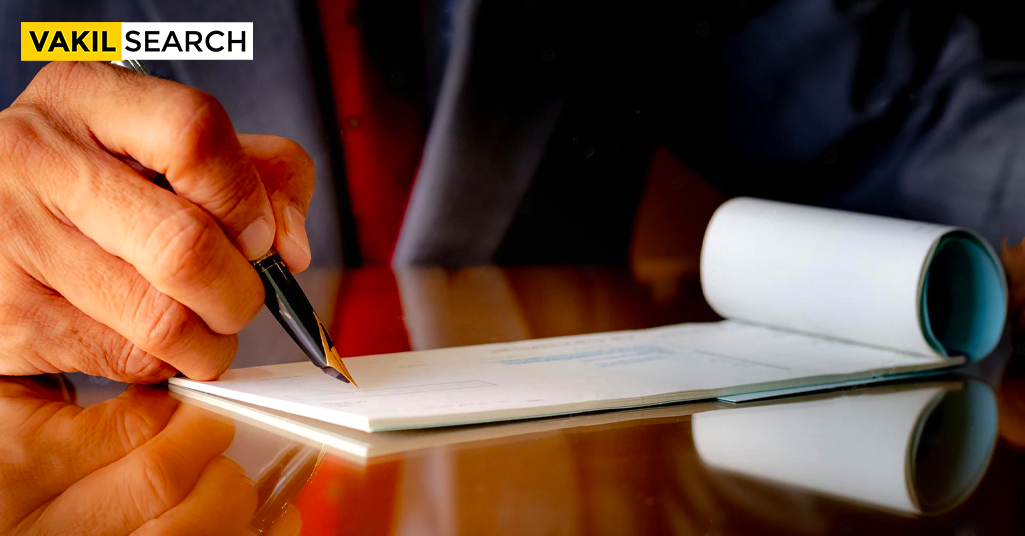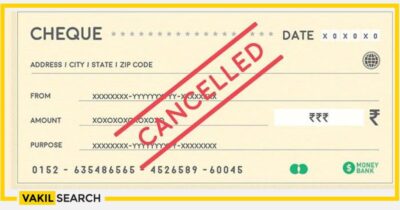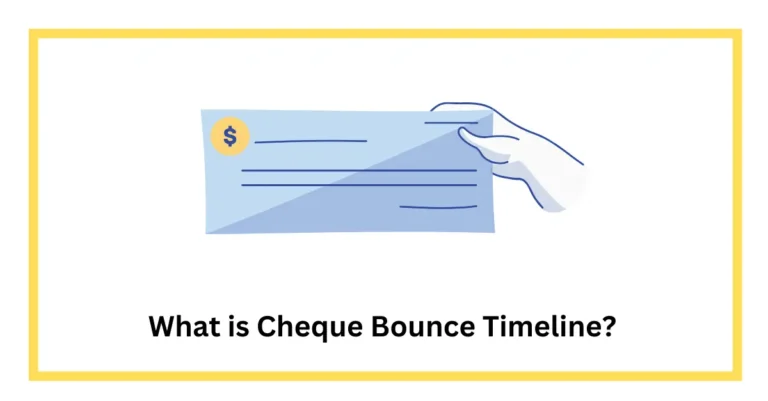If you are facing a cheque bounce case in Delhi, then it is required to send the Demand Notice in order to recover from the offender.
Procedure of Sending a Demand Notice for Cheque Bounce Case
The first step is to file a civil complaint in the district court. The document should include:
- The date of the cheque
- The amount of the cheque
- Who the cheque was made out to
- Your account details
- A demand for payment within 30 days.
After the court accepts your complaint, they will issue a notice to the accused. This is called a summon. The defendant has to appear in court on the day specified in the summon and explain why they did not make the payment. If they fail to do so, or if their explanation is unsatisfactory, the court will decide in your favour and issue a judgement order.
What Is a Demand Notice?
In India, a demand notice is a formal document that is sent to a person who owes money to another person or entity. The demand notice includes the amount of money owed, the reason for the debt, and a deadline for payment. If the debtor does not pay the debt by the deadline, the creditor may take legal action to collect the debt.
When Is the Demand Notice Sent?
According to the Negotiable Instruments Act, a Demand Notice is sent when a cheque bounces. The NI Act states that a cheque bounce may happen for various reasons, such as insufficient funds, incorrect account details, or even a stop payment order.
If you are based in Delhi and have received a cheque that has bounced, you must send a Demand Notice to the drawer of the cheque within 30 days of receiving the intimation from your bank. This notice must be sent by registered post or speed post, and it should include the following information:
- Your name and address
- The name and address of the drawer of the cheque
- The date on which the cheque was presented for clearance
- The amount of the cheque
- The reason for which the cheque has bounced
- A demand for payment from the date of receipt of this notice.
Failure to do so may result in legal action being taken against you.
Alternate Ways to Send a Demand Notice
Assuming that you have already written the demand notice and are now wondering how to send it, here are some alternate ways to do so:
- You could send the demand notice via registered post. This would ensure that the other party receives it and also provides you with proof of receipt.
- You could also hand-deliver the demand notice to the other party. This would be more personal and would likely result in a quicker response from them.
- If you have the other party’s email address, you could send the demand notice electronically. This is a quick and easy way to get the notice to them, but may not be as effective as the other methods.
Mentioning Receiver’s Address Once
It is advisable to mention the receiver’s address only once in the notice. Mentioning the address multiple times can create confusion and may lead to the notice being undeliverable. The best practice is to include the receiver’s address in the opening paragraph of the notice and then again at the end before your signature.
Mandatory Points to Include on Legal Notice for Cheque Bounce
As per the Negotiable Instruments Act, 1881, if a cheque is dishonoured by the bank on which it is drawn, then the payee can send a demand notice to the drawer of the cheque, asking them to pay the amount within a given number of days.If the amount is not paid within the mentioned days, then the payee can file a case in court against the drawer. However, before filing a case in court, it is mandatory to send a demand notice to the drawer of the cheque.The demand notice should include the following points:
- The name and address of the payee
- The name and address of the drawer
- The date on which the cheque was issued
- The date on which the cheque was dishonoured by the bank
- The amount mentioned in the cheque
- The time period within which payment must be made
- A threat to file a case in court if payment is not made within the given number of days.
Precautions and Other Actions
Before sending the notice, it is important to take some precautions and understand the law and procedures related to cheque bounce case.
- Firstly, it is essential to know that a cheque can be dishonoured for various reasons such as insufficient funds, signatures mismatch, etc
- Secondly, the legal provisions related to cheque bounce cases are different in every state. So, it is advisable to consult a lawyer who is well-versed with the law of the concerned state
- Thirdly, it is necessary to send the notice within a stipulated time frame after the cheque has been dishonoured
- Fourthly, the demand notice should be sent by registered post or speed post so that there is a proof of its delivery. The notice should also be accompanied by an affidavit sworn before a magistrate or notary public
- Lastly, it is advisable to keep copies of all documents related to the case such as bounced cheque, bank statement indicating dishonour of cheque, etc.
Check here to more about : How to Cancel Cheque?
Ramifications of Giving Cheque Bounce Notice
The legal ramifications of giving a Cheque Bounce Notice can be quite severe. If the cheque is dishonoured, the drawer can be prosecuted under Section 138 of the Negotiable Instruments Act. The punishment for this offence is imprisonment for a term which may extend to two years, or with fine which may extend to twice the amount of the cheque, or with both.In addition, if the cheque is dishonoured, the drawer will also be liable to pay damages to the payee. The amount of damages that can be awarded is capped at ₹ 100,000.
Tips for Avoiding Cheque Bounce
It is always better to avoid cheque bounce cases, as they can be quite troublesome. Here are some tips that can help you avoid such cases:
- Make sure that you have sufficient funds in your account before writing a cheque
- Keep track of the cheques you have issued and ensure that they are cleared by your bank before issuing new ones
- In case you need to issue a post-dated cheque, inform the payee in advance and make sure that there are sufficient funds in your account on the date of the presentation
- Always write clearly and legibly to avoid any misunderstanding or confusion
- If you have any doubt about the validity of a cheque, do not issue it.
Read more









